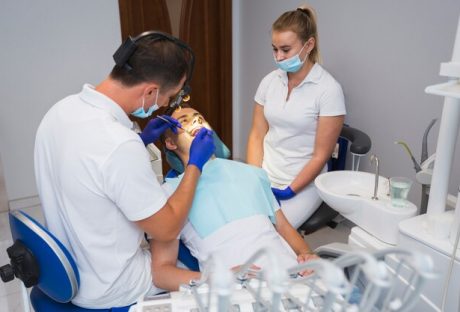Being fit is an incredibly important part of weight loss. Yes, nutrition and eating right is an integral part of the process, however, your fitness regime is an equally vital part of the process. Here’s why.
Fitness classes help to burn calories:
If you want to lose weight, you ultimately need to burn calories. Ideally, you need to burn more than you take in so that you can get rid of the excess weight that you want to. Cardiovascular exercise is the best way to do this because you’re expending a lot of energy while performing these activities.
Here a few cardiovascular exercises as well as the number of calories that you can burn during these activities:
- A person, weighing in at 155 pounds, who runs at 7.5 miles per hour has the potential to burn 465 calories in 30 minutes.
- A person of the same weight will burn372 calories swimming breaststroke. Swimming butterfly for 30 minutes will burn 409 calories.
- Jogging burns 372 calories in 30 minutes if the 155-pound person jogs at a steady pace of 6 miles per hour.
So, as you can see, cardiovascular exercise is a great calorie-buster for losing weight!
Being fit promotes the creation of lean muscle mass:
Strength and resistance training helps to create lean muscle mass. The way that it does this is by creating thicker muscle fibers. This is important in weight loss as the more lean muscle mass you have the more calories you will be burning at rest. Experts say that one pound of muscle burns 6.5 calories.
Women often fear that weight training will make them bulky. This couldn’t be farther from the truth because a woman’s body is not designed to do this. However, what weight training does do is stimulate the creation of lean muscle mass. So, as part of your fitness regime, we encourage you to start lifting weights!
Foods to eat to help create lean muscle mass:
When you exercise, your muscles are microscopically torn. Thus, they need to build themselves up. In order to build them up to be stronger, they need protein to accomplish this. (Protein is an integral part of building muscle.) Know More About weight loss as the more lean muscle mass against.
So after a workout, make sure that you take a protein shake (which is available from most health shops or pharmacies) or otherwise, eat a meal that is rich in protein. Foods that are recommended for your post-workout meals include:
- Eggs,
- Salmon,
- Lean chicken breasts,
- Soybeans,
- Lean beef, and
- Edamame beans.
If you do decide to go for a protein shake, make sure that you choose one that is right for you. For example, if you are lactose intolerant rather choose a whey protein isolate powder.
Fitness helps you feel good about yourself:
Following a fitness plan, working out and eating properly helps you to feel good about yourself. Exercising stimulates the production of endorphins. These feel-good chemicals in your body stimulate feelings of happiness. When you feel happy when you’re exercising, you’re more likely to keep doing it because you like the way you feel afterward. And because you’re keeping on with a consistent exercise routine you’re more likely to lose weight because you’re burning more calories!
Breathing is a very important part of the exercise and learning to harness this can help you to push harder as well as center yourself, reduce stress and increase your sense of general well-being. Exercise modalities such as Yoga and Pilates teach practitioners about how to use their breath during the class in conjunction with the movements. If you’re feeling stressed and/or anxious why not pop into one of these classes so that you can experience the feel-good properties of these disciplines.
As you can see, fitness is an integral part of weight loss because being active is an integral part of losing weight. To achieve an optimal programme, combining cardiovascular activity with strength and resistance training so that you can reap the benefits that having a good amount of lean muscle mass has for your body.






















